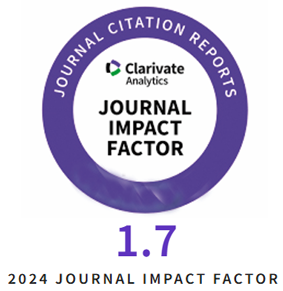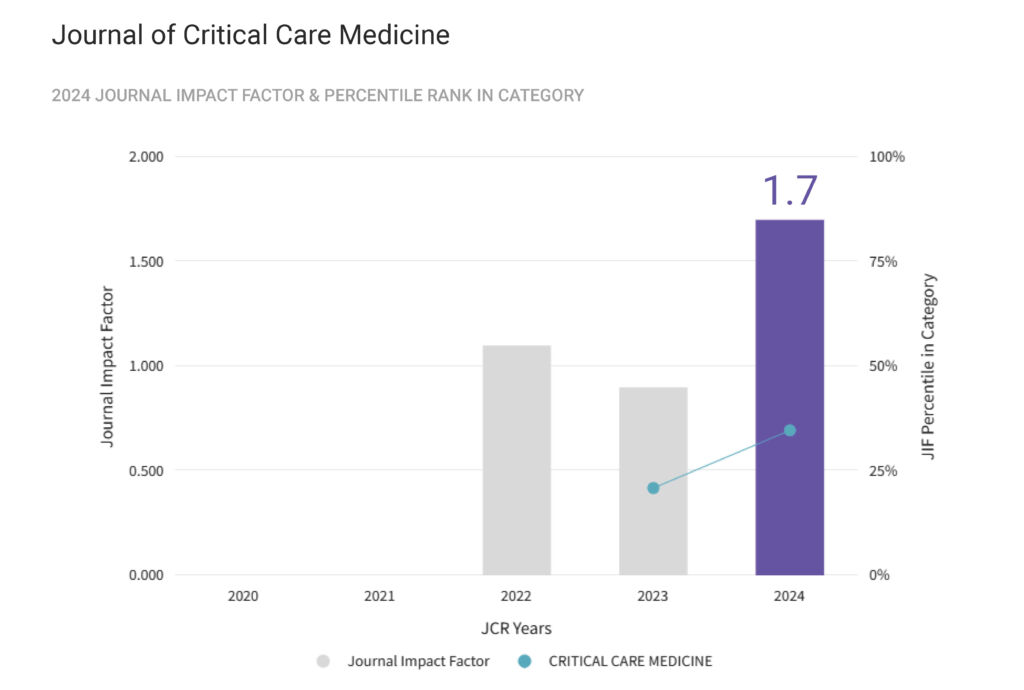Aim of the study: To determine which out-of-hospital cardiac arrest (OHCA) patients should receive advanced treatment is extremely challenging. The objective was to identify sub-phenotypes predicting the prognoses of adult OHCA patients by latent class analysis (LCA) using data up to just after admission.
Material and Methods: We conducted a retrospective observational study using multicentre OHCA registry from 95 Japanese hospitals including adult non-traumatic hospitalized OHCA. The primary outcome was 30-day favourable neurological outcome. Our LCA used clinically relevant variables up to just after admission and the optimal class number was determined from clinical importance and Bayesian information criterion. The associations between sub-phenotypes and outcomes were analysed using univariate logistic regression analysis with odds ratios (ORs) and 95% confidence intervals (CIs).
Results: Our LCA included 2,162 patients and identified four sub-phenotypes. The base excess on hospital arrival had the highest discriminative power. Thirty-day favourable neurological outcomes were observed in 526 patients (24.3%), including 284 (53.8%) in Group 1, 179 (21.2%) in Group 2, 26 (11.4%) in Group 3, and 37 (6.6%) in Group 4. Prehospital return of spontaneous circulation (ROSC) was achieved in 1,009 patients (46.7%), including 379 (81.8%) in Group 1, 340 (40.3%) in Group 2, 115 (50.4%) in Group 3, and 175 (31.1%) in Group 4. Univariate logistic regression analysis for primary outcome using Group 4 as reference revealed ORs (95% CI) of 16.5 (11.4–24.1) in Group 1, 3.83 (2.64–5.56) in Group 2, and 1.83 (1.08–3.10) in Group 3.
Conclusions: Our LCA classified OHCA into four sub-phenotypes showing significant differences for prognosis. In cases who achieved prehospital ROSC, it might be meaningful to continue advanced therapeutic interventions.
Tag Archives: prognosis
The Prognostic Utility of Cytokines in Hospitalized COVID-19 Patients
Introduction: The severity of COVID-19 depends on several factors, but the overproduction of pro-inflammatory cytokines remains in center of the interest. The aim of this study was to investigate the predictive utility of interleukin (IL)-6, IL-8, IL-10, IL-12, tumor necrosis factor alpha (TNF-α), and interferon gamma (IFN-γ) in patients with COVID-19.
Material and Methods: We prospectively enrolled 181 adult patients with COVID-19 admitted to the 1st Infectious Disease County Hospital Târgu Mureș from December 2020 to September 2021. Serum cytokine levels were measured and correlated with disease severity, need for oxygen therapy, intensive care unit (ICU) transfer, and outcome.Results: We found significantly higher serum levels of IL-6, IL-8, and IL-10 in patients with severe COVID-19 and in those with a fatal outcome. The logistic regression analysis showed a significant predictive value for IL-8 regarding disease severity, and for IL6 and IL-10 regarding ICU transfer and fatal outcome.
Conclusions: Serum levels of IL-6, IL-8, and IL-10 were significantly increased in patients with COVID-19, but their predictive value regarding disease severity and the need for oxygen therapy was poor. We found IL-6 and IL-10 to have a good predictive performance regarding ICU transfer and fatal outcome.
Prognostic Value of Serum Lactate Levels in Critically Ill Patients in an Intensive Care Unit
Introduction: The patient in critical condition, regardless of the cause of admission, continues to be a challenge for health systems due to the high mortality that it reports. There is a need to identify some marker of early obtaining, easy to interpret and with high relevance in the prognosis of these patients.
Objective: To determine the prognostic value of serum lactate in an Intensive Care Unit (ICU).
Method: One hundred and forty-five patients admitted to an ICU were enrolled in the study. The Acute Physiology and Chronic Health Evaluation II (APACHE) prognosis score, Sequential Organ Failure Assessment, hemodynamic support need, mechanical ventilation, cause of admission, stay in ICU, analytical and physiological variables were determined. The probability of survival of patients who had elevated and normal serum lactate levels was calculated. The risk of dying was determined using the Cox regression model.
Results: Twenty-eight patients died (19%) in the ICU. The serum lactate value was higher in the group of patients with trauma, infections, APACHE II and high creatinine levels; as well as with decreased mean arterial blood pressure, need for hemodynamic support and mechanical ventilation. The survival capacity was higher in patients who had normal serum lactate. Serum lactate was the sole independent predictor of mortality (AHR 1.28 [1.07-1.53], p = 0.008).
Conclusions: Patient assessment through the determination of serum lactate levels provides useful information in the initial evaluation of the critical patient.
The Dynamical Assessment of Inflammatory Biomarkers in Predicting the Outcome of Septic Patients and the Response to Antimicrobial Therapy
Aims: To evaluate the kinetics of inflammatory biomarkers in septic patients in order to identify the most reliable predictor of unfavorable outcome.
Methods: A prospective analysis of septic patients was performed. Median levels of neutrophil/lymphocyte count ratio, fibrinogen, C-reactive protein and procalcitonin were dynamically assessed and comparatively analyzed.
Results: Seventy-seven patients were included. Descendent kinetic patterns were registered for all biomarkers, except C-reactive protein. At 24 hours, neutrophil/lymphocyte count ratio significantly decreased in 42.85% of cases, procalcitonin in 37.33%, C-reactive protein in 16.12% and fibrinogen in 1.58% of cases. At 72 hours, procalcitonin decreased to one-half in 70% of cases and neutrophil/lymphocyte count ratio in 67.53% of cases.
Conclusions: Neutrophil/lymphocyte count ratio and procalcitonin significantly decreased in the first 72 hours, while C-reactive protein increased in the first 24 hours. The proportions of patients with major decrease of baseline values were higher for neutrophil/lymphocyte count ratio and procalcitonin.










